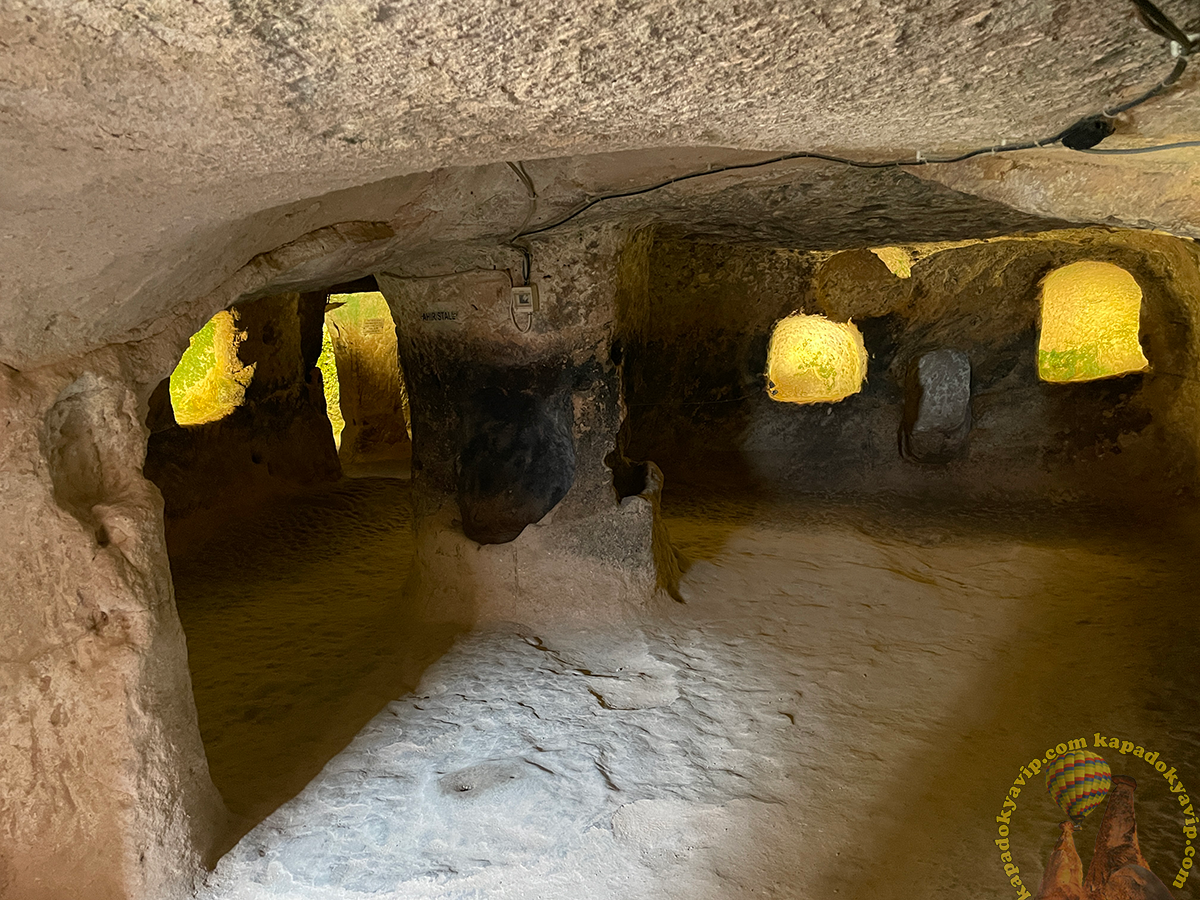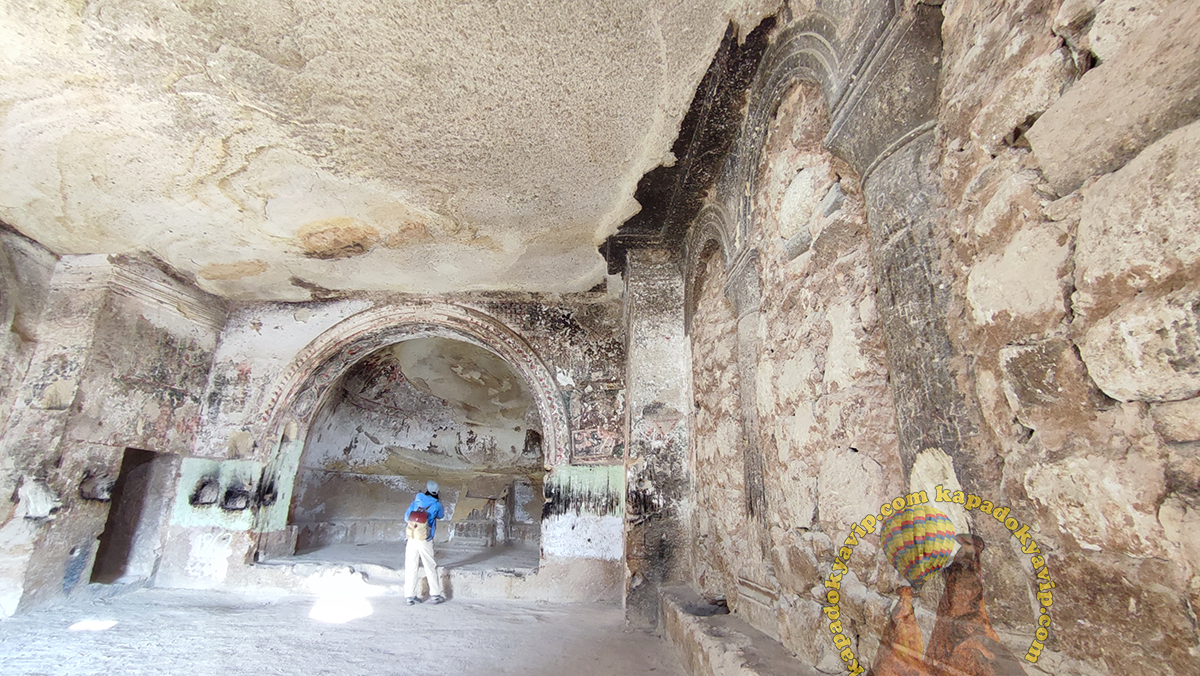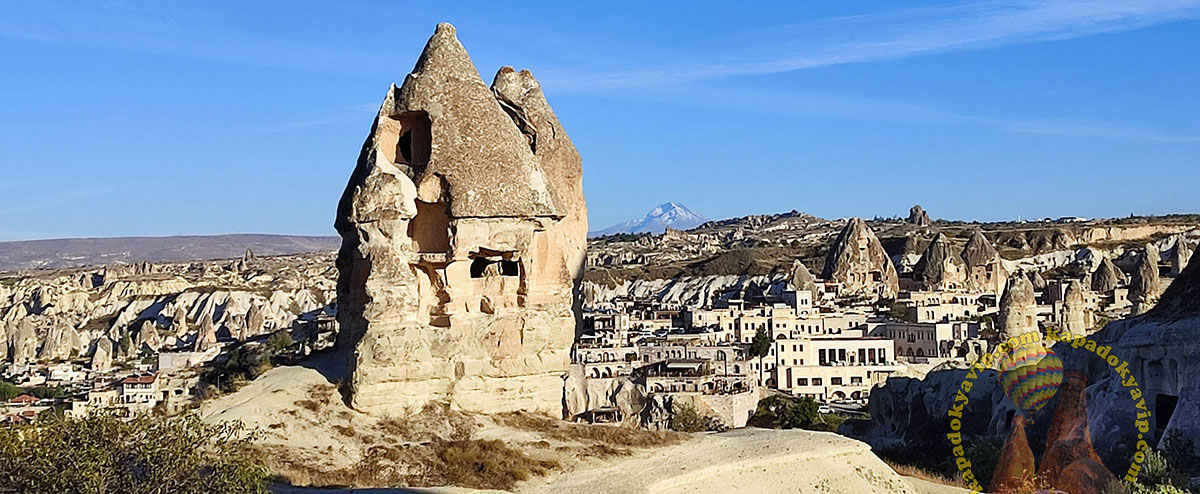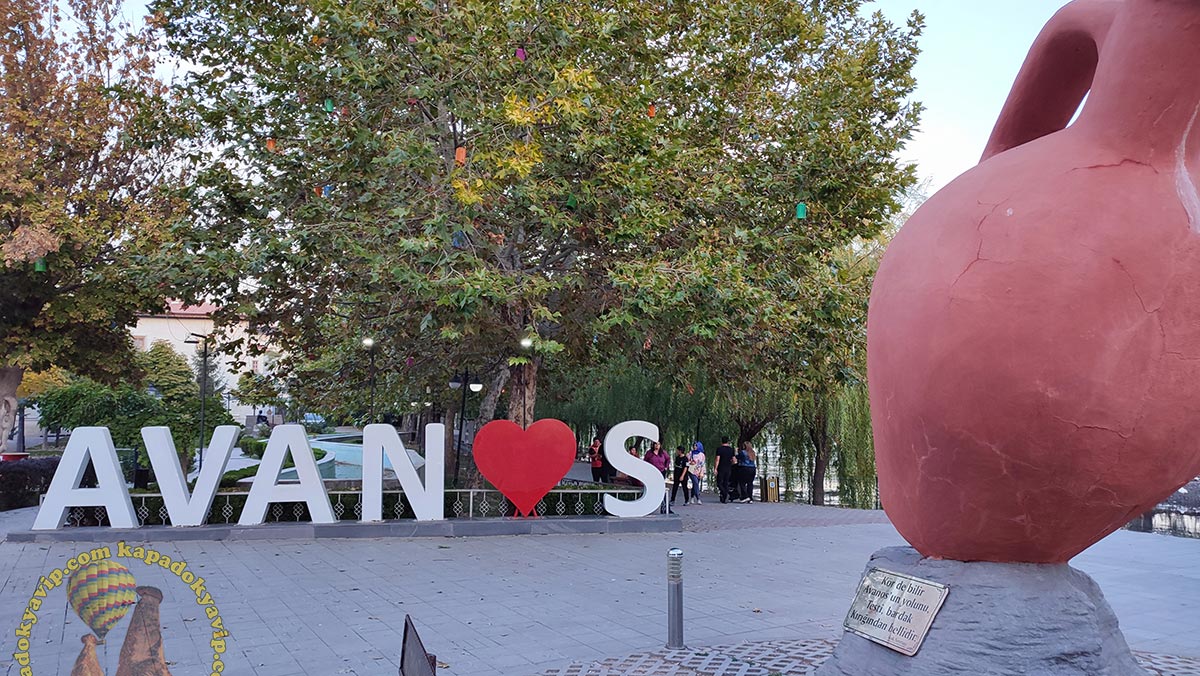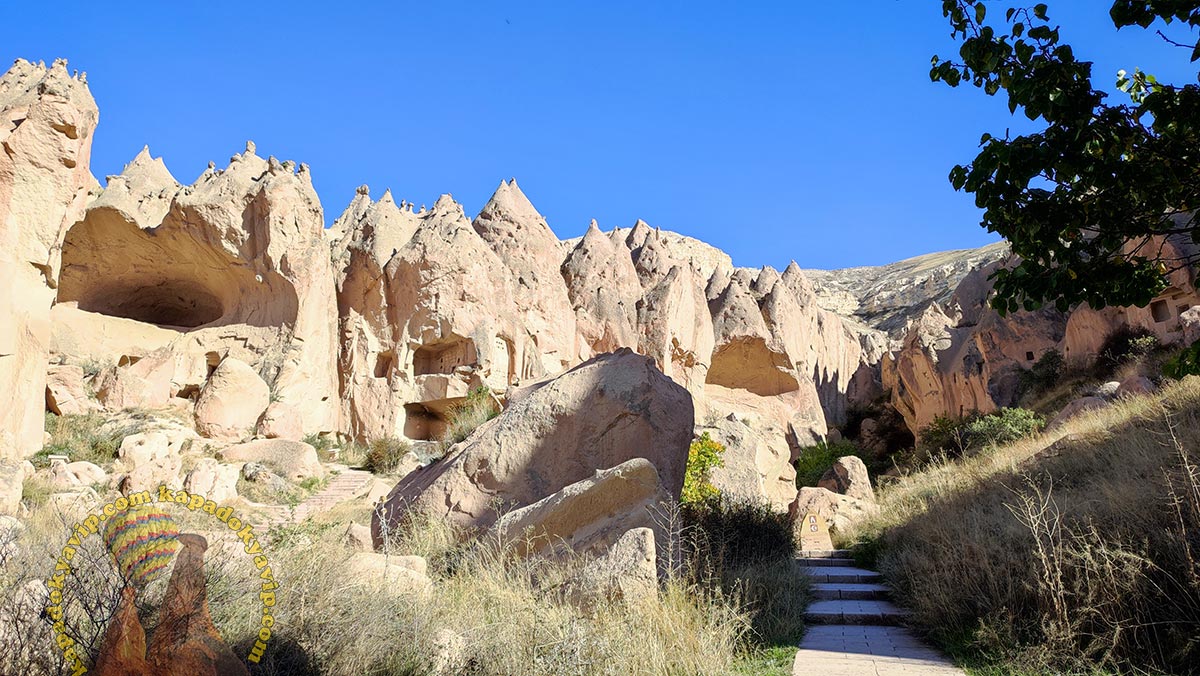
Avanos pottery has a significant and longstanding history among the people of Cappadocia, representing an art passed down through generations. When you join Cappadocia tours and explore the region, you can see these pottery works at every corner. In guided tours led by professional guides, the history and importance of these pottery works for the people are explained in detail. Avanos pottery holds great significance for the people of Cappadocia.
Features of Avanos
The Avanos region is renowned for its pottery, where various unique pottery pieces are crafted. The art of pottery-making on wheels has been passed down from ancestors, continuing through generations from grandfather to father, and from father to son. The Kızılırmak River has left its red soil behind in the regions it has passed through for centuries. This red soil has become a medium for an art form, giving rise to Avanos pottery. Mixing the red soil with clay, ceramic dough is obtained, and pottery masters showcase their art with this dough. These handmade, meticulous pottery pieces are highly valuable. The making of pottery has been passed down from ancestors to sons, continuing through generations, and has become a primary source of livelihood for the people of Avanos. In fact, there is a tradition in the region that suggests not giving daughters in marriage to men who do not know how to make Avanos pottery.
One of the most noticeable features at first glance is their red color. The combination of red soil and clay produces ceramic dough, and all pottery pieces are crafted using this dough, using wheels to create various vessels and pottery.
Cappadocia Avanos Pottery
The making of pottery in Nevşehir may appear quite easy when in the hands of skilled craftsmen. Watching the masters practice their art with wheels might make this work seem remarkably simple. However, it is not as easy as it looks. The characteristics of Cappadocia Avanos pottery require both skill and creativity, which is why it is referred to as Avanos art. It is not possible to make pottery in a short period. The stages of pottery making take a considerable amount of time.
Firstly, the pottery clay must be prepared, shaped, armored, dried, and then fired and glazed. These processes are quite lengthy and require effort. Therefore, patience and hard work are essential. The characteristics of Avanos pottery are highly diverse.
How Are Avanos Pottery Made?
The valleys of the flowing Kızılırmak River at the foothills of Avanos Mountains contain a rich and soft clay soil. The pottery clay is obtained from this clay. The clay soil is first sifted and then kneaded with water. Afterwards, pottery can be made with the clay that turns into dough. However, the dough needs to rest for a week to be ready. The characteristics of Avanos pottery vary, and therefore, the clay properties can differ based on the type of pottery to be made.
Making Avanos Pottery Dough
During the shaping stage of the clay, several different methods are used. These methods vary depending on the type of pottery to be made. When mass production is desired, production can be carried out with machines similar to wheels. Alternatively, shaping can be done using molds called “Paris plaster.”
Another method recommended by many experts in Avanos pottery making, as it is believed to be beneficial for the soul, is shaping the clay with hands on wheels accelerated by the master’s feet. The master first applies pressure to the clay with their hands, then molds the clay into shape. In the final stage, the clay is transformed into pottery using metal tools.
Pottery Shaping
After shaping the Avanos pottery, before moving on to the drying process, the stage of painting and decorating is called “zırhlama.” After zırhlama, the pottery is left to rest for two days until it reaches a level known as “deri sertliği” (leather hardness). While the clay is not completely dry yet, the process of polishing the surface is called “perdahlama.” The pottery that goes through these processes becomes ready for drying.
Pottery Armoring, Polishing
After the polishing (perdahlama) and decorating (zırhlama) processes, the pottery is exposed to the sun for 20 minutes to allow the moisture to evaporate. If there is no sun, at this point, the pottery is kept in special rooms called “yanalak” for a day, and after this, the pottery can proceed to the firing process.
Pot Drying
At this stage, for the pottery to become ready for use, they need to be baked (fırınlanma) and glazed (sırlama). The dried products are placed inside a large kiln and fired at specific temperatures.
Cooking Sequencing
In order for the pots to be ready for use, they must be fired and glazed. The dried products are placed in a large tub and cooked at certain temperatures.
What are the Cappadocia Pottery Making Prices?
People who take a Cappadocia tour are often recommended to try pottery making in Avanos. During Avanos excursions, there is a chance to observe the pottery taking shape in the hands of the masters. Additionally, individuals can engage in pottery making to see what the artist within them can create. It is possible to participate in pottery making at the workshops in the region. With the guidance of the masters, one can shape the clay on the wheels.
This activity is recommended by therapists for its positive impact on the soul. By shaping clay into pottery, you can unleash your creativity. Prices for Cappadocia pottery making can vary from one workshop to another. In the Avanos region, you can create your own pottery by shaping it on the wheels as you desire.
Questions About Avanos Pottery
Avanos pottery is produced according to its intended use, and therefore, its durability can vary. The firing properties also change based on the purpose of use. Pottery intended for kitchenware, for example, is fired at different temperature levels to make it durable and suitable for cooking.
Avanos pottery can be used both as decorative items and as kitchenware. Items such as güveç (casserole dishes), küp (jars), and testi (pitchers) are crafted. Avanos yogurt pots and other pottery items are designed for various uses, making them suitable for both kitchen use and home decoration.
Avanos pottery, crafted in the district of Avanos in Nevşehir, offers a unique experience for visitors. While exploring Avanos, you’ll come across numerous pottery workshops. You can observe the process of making pottery items at these workshops, and if you wish, you can even try your hand at creating your own pottery piece.
In the district of Avanos in Nevşehir, the clay and the rich history of the region have contributed to the centuries-old tradition of creating unique products. Among the items crafted from the local clay, the famous Cappadocia Avanos clay pot stands out. If you find yourself in the Avanos district, you have the opportunity to purchase clay pots and ceramic plates made from the local clay as souvenirs. https://tr.wikipedia.org/wiki/Avanos

